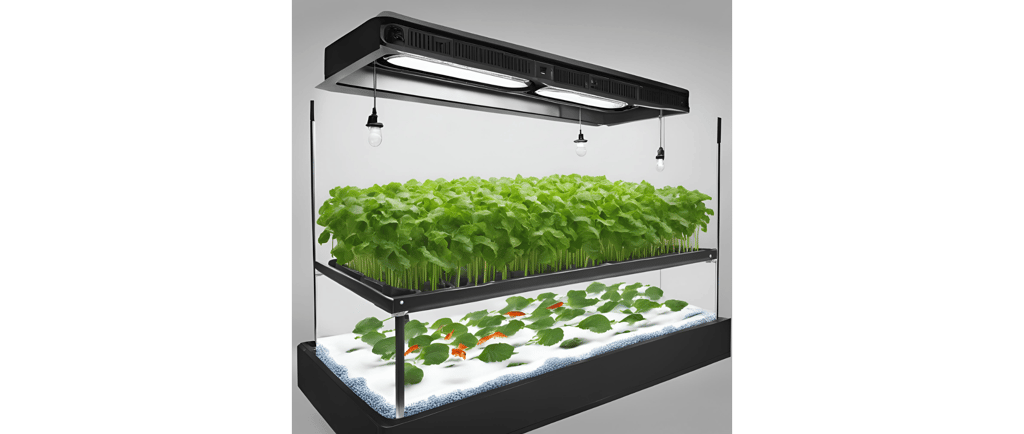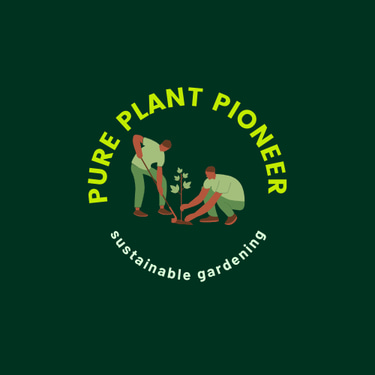Add your promotional text...
Hydroponics 101: A Beginner's Guide to Getting Started
Hydroponics might sound high-tech, but it's actually a simple concept. Instead of growing plants in soil, you grow them in water enriched with nutrients. read more on the subject in this blog
Dale Cassidy
8/10/20246 min read


Have you ever thought about growing your own food but felt limited by space or soil quality? Or maybe you're just curious about new, sustainable gardening methods? If so, hydroponics might be the perfect solution for you. This innovative approach to gardening is gaining popularity for good reasons. It allows you to grow plants faster, use less water, and do it all without soil. Whether you're a seasoned gardener or just starting out, this guide will help you dive into the world of hydroponics.
What Exactly Is Hydroponics?
Hydroponics might sound high-tech, but it's actually a simple concept. Instead of growing plants in soil, you grow them in water enriched with nutrients. The plants' roots are submerged in or suspended over a nutrient solution, giving them everything they need to thrive. This method gives you complete control over the growing environment, leading to faster growth and higher yields.
But why would you want to ditch the dirt? There are plenty of reasons:
Why Go Hydroponic?
Maximize Your Space: You don't need a huge backyard to start a hydroponic garden. You can grow plants in small indoor spaces, on balconies, or even in a closet with the right setup. Vertical farming techniques can help you grow more in less space.
Save Water: Hydroponic systems are incredibly efficient when it comes to water usage. Unlike traditional gardening, where water often drains away into the ground, hydroponics recirculates water, using up to 90% less.
Grow Faster: Because the plants have direct access to nutrients and water, they tend to grow faster—sometimes 30-50% faster than in soil. You can enjoy fresh produce in weeks rather than months.
Pesticide-Free: Growing indoors or in controlled environments means fewer pests, reducing or even eliminating the need for harmful pesticides.
Year-Round Harvests: Want fresh basil in December? No problem. Hydroponics allows you to garden year-round, regardless of the weather.
Types of Hydroponic Systems
If you're new to hydroponics, you might be surprised to learn that there are several different types of systems you can choose from. Each has its own benefits, depending on what you're looking to grow and how much effort you want to put into it.
1. Deep Water Culture (DWC)
This is one of the simplest and most popular hydroponic systems for beginners. In DWC, the plant roots dangle directly into a nutrient-rich solution, while an air pump keeps the water oxygenated. It's straightforward, affordable, and effective—perfect for leafy greens and herbs.
2. Nutrient Film Technique (NFT)
The NFT system works by flowing a thin film of nutrient solution over the roots of the plants, which are housed in a sloped channel. The solution is recirculated, making it very efficient. NFT systems are often used for fast-growing plants like lettuce and spinach.
3. Ebb and Flow (Flood and Drain)
In an Ebb and Flow system, the grow tray holding the plants is periodically flooded with nutrient solution, which then drains back into a reservoir. This cycle repeats, providing the roots with nutrients and oxygen. It's a versatile system that works well for a variety of plants.
4. Drip System
In a drip system, the nutrient solution is delivered directly to the base of each plant through a network of tubes and drip emitters. This system is highly customizable, allowing you to precisely control the amount of nutrients each plant receives.
5. Aeroponics
Aeroponics is a bit more advanced. It involves misting the plant roots with a nutrient solution, which provides maximum oxygenation and leads to rapid growth. This system is highly efficient but can be more complex and costly to set up.
What You'll Need to Get Started
Getting started with hydroponics doesn't have to be complicated, but there are some essential items you'll need to set up your system.
1. Grow Lights
If you're growing indoors or in a space with limited natural light, you'll need grow lights. There are several types to choose from:
Fluorescent Lights: Good for small setups and seedlings.
LED Grow Lights: Energy-efficient and versatile, suitable for all stages of growth.
High-Intensity Discharge (HID) Lights: Best for larger setups with high light needs.
2. Growing Medium
Even though you're not using soil, you'll need something to support the plant roots. Common growing mediums include:
Coconut Coir: A renewable resource that's great for retaining moisture.
Rockwool: A popular choice for its water retention and aeration properties.
Perlite: Lightweight and porous, helping with drainage.
Clay Pellets (LECA): Reusable and provide excellent aeration.
3. Nutrient Solution
The nutrient solution is what makes hydroponics work. It contains all the essential nutrients your plants need. You can buy pre-mixed solutions or mix your own, ensuring you include:
Macronutrients: Nitrogen (N), Phosphorus (P), and Potassium (K).
Micronutrients: Like Calcium, Magnesium, and Iron.
4. pH Control Kit
Keeping the pH level of your nutrient solution in check is crucial. Most plants prefer a pH level between 5.5 and 6.5. A pH control kit will help you monitor and adjust the levels as needed.
5. Air Pump and Air Stones
If you're using a system like Deep Water Culture, an air pump and air stones are essential to oxygenate the water and keep your plant roots healthy.
6. Water Pump and Timer
For systems that involve water movement, like Ebb and Flow or Drip Systems, you'll need a water pump to circulate the solution and a timer to automate the process.
7. Grow Trays and Reservoirs
These hold your plants and the nutrient solution. The size and type of tray and reservoir you need will depend on your system and the number of plants you're growing.
8. Seeds or Seedlings
Finally, you'll need something to grow! Start with seeds or purchase seedlings ready to be transplanted into your system. Leafy greens, herbs, tomatoes, and strawberries are great choices for beginners.
Setting Up Your Hydroponic System
Once you have all your equipment, it's time to set up your system. Here's a basic outline of the process:
Step 1: Pick Your Spot
Find a suitable location for your hydroponic garden. This could be an unused corner of your home, a garage, or even a dedicated grow room. Make sure the area has access to electricity and can be kept at a stable temperature.
Step 2: Assemble Your System
Follow the instructions for your chosen system. Make sure everything is secure and there are no leaks. Set up your grow lights, positioning them appropriately above your plants.
Step 3: Prepare Your Nutrient Solution
Mix your nutrient solution according to the instructions, check the pH, and adjust it if necessary. Fill your reservoir with the solution.
Step 4: Plant Your Seeds or Seedlings
Place your seeds or seedlings into the growing medium. Ensure the roots are well-supported and can easily reach the nutrient solution.
Step 5: Start the System
Turn on the water pump, air pump, and grow lights. Set your timer to ensure the plants receive regular nutrient cycles. Keep a close eye on everything during the first few days to ensure it's running smoothly.
Step 6: Monitor and Maintain
Regularly check the pH and nutrient levels in your system. Keep an eye out for any signs of nutrient deficiencies or pests. Clean your system regularly to prevent any build-up of algae or other unwanted growths.
Troubleshooting Common Issues
Like any gardening method, hydroponics has its challenges. Here are a few common issues and how to address them:
1. Nutrient Deficiencies
If your plants are showing signs of nutrient deficiencies (like yellowing leaves or stunted growth), double-check the pH and nutrient levels in your solution. Make adjustments as necessary and consider adding supplements if needed.
2. Algae Growth
Algae can become a problem if your nutrient solution is exposed to light. Keep your reservoir covered and minimize light exposure to prevent algae from taking over.
3. Pests
While hydroponics reduces the risk of pests, they can still be an issue. Inspect your plants regularly and act quickly if you spot any unwanted visitors. Organic pest control methods are usually the best choice to avoid contaminating your nutrient solution.
4. System Failures
Power outages or equipment failures can disrupt your hydroponic system. Consider having a backup power source for critical components like air pumps. Regular maintenance will also help prevent unexpected issues.
Hydroponics offers a fun, rewarding, and sustainable way to grow your own food. Whether you're a seasoned gardener looking for a new challenge or a beginner wanting to start small, hydroponics can fit your needs. By choosing the right system, gathering the necessary equipment, and paying close attention to your plants' needs, you'll be on your way to a successful hydroponic garden in no time. From Pure Plant Pioneer, Happy growing!
